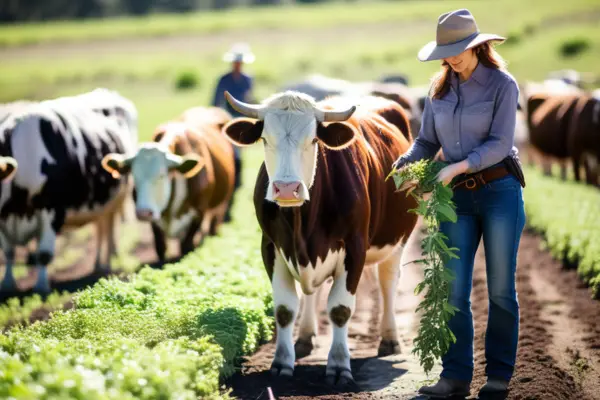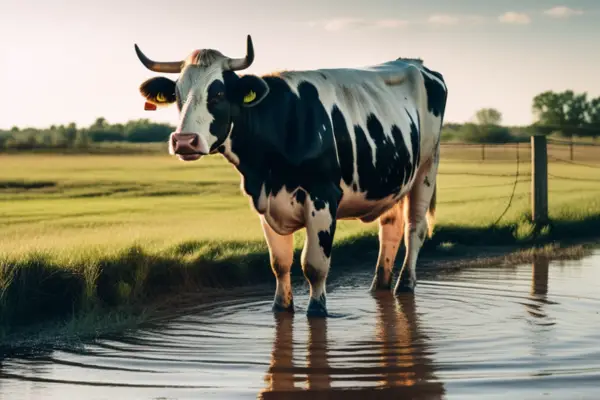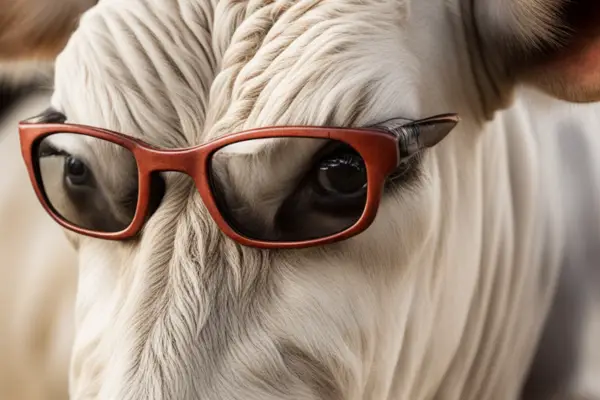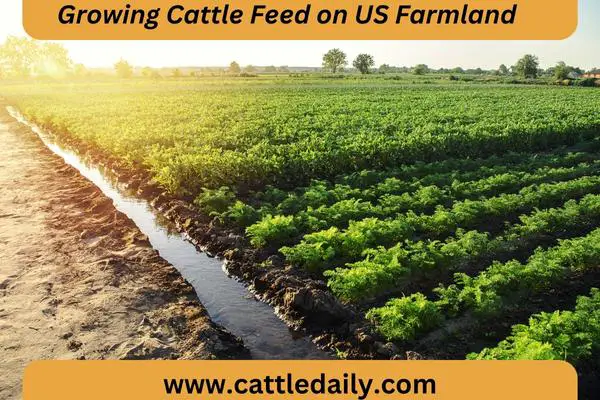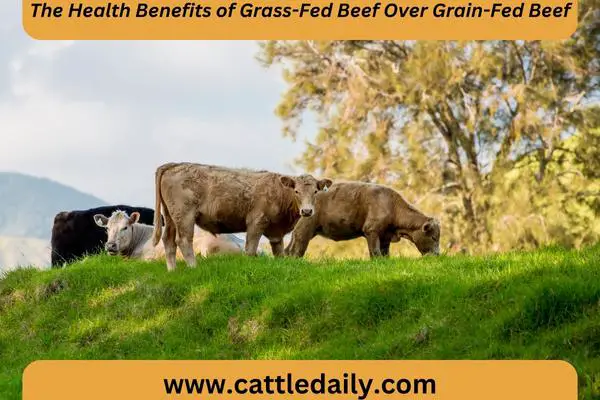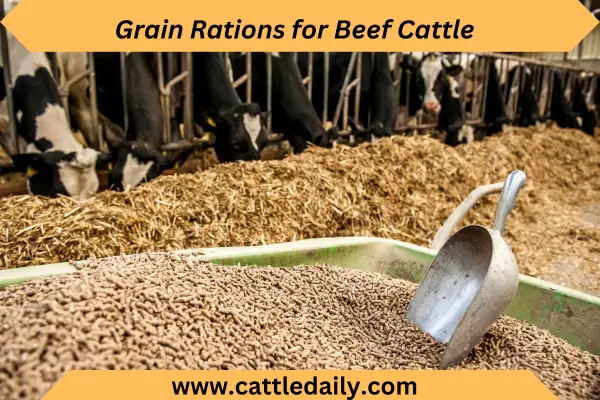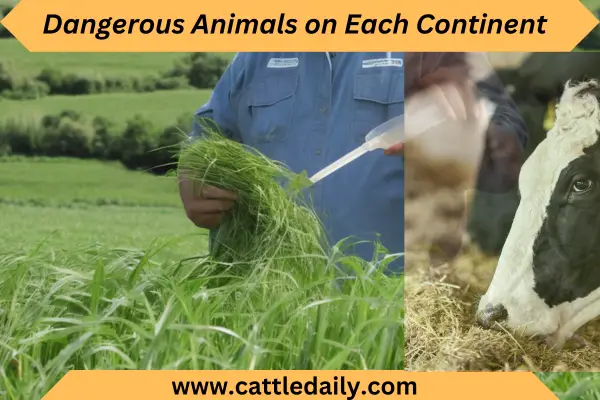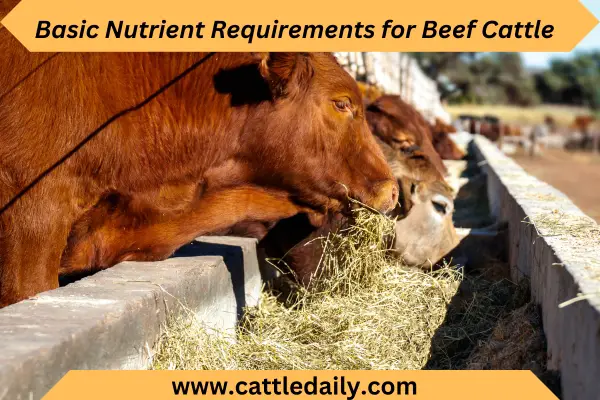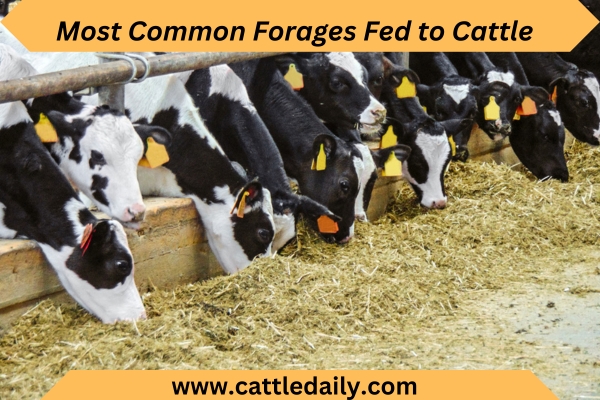How to Build a Sustainable Grazing System for Cattle
Build a Sustainable Grazing System for Cattle Implementing a sustainable grazing system for cattle is crucial for both environmental and economic reasons. Overgrazing can lead to soil erosion, loss of vegetation, reduced biodiversity, and overall land degradation over time. Additionally, poor grazing management often results in lower weight gains for cattle and reduced profits for

